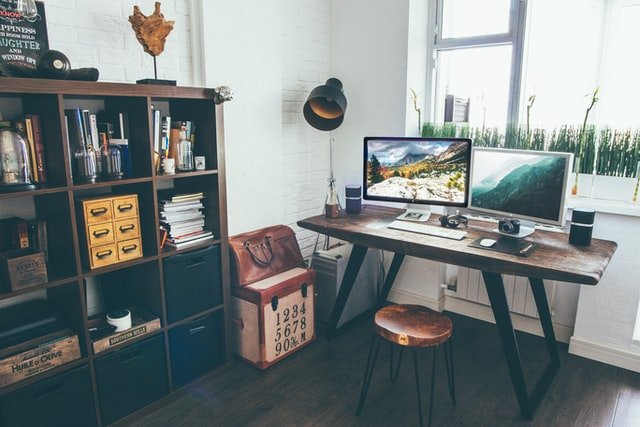Whether your job role has drastically changed because of the impact of the worldwide coronavirus pandemic, or else you have changed careers entirely and now work predominantly at home, remote working is becoming ever increasingly common.
To be able to work efficiently and productively in a home setting, continue reading to learn how to design a functional and productive hybrid workplace that is both aesthetically pleasing and mirrors the most important elements of a traditional office environment.
Main Reasons for Requiring a Hybrid Workplace
It is not just Covid-19 that has resulted in a significantly larger number of people across the length and breadth of the United States moving from an office-based role to a remote working one.
The main reasons more and more professional people are requiring a hybrid workplace include:
- For those people who are experiencing mental health and wellbeing issues
- For those people whose original role has been relocated across states
- For those people who have recently become parents and struggle with childcare
- For those people who have been experiencing stress and anxiety
- For those people who predominantly work with computers
- For those people who work at an office that is due to be downsized
- For those people whose original role has entirely changed
Benefits of Hybrid Working
There is a myriad of wonderful benefits to a hybrid work model, and because of these benefits, employers will also experience these advantages through the proverbial ‘knock-on’ effect. Some of these benefits include:
- Employers can spend less money on office space and utilities
- Employees benefit from a stronger work/life balance
- Employers experience a reduction in employee absenteeism
- Employees are considerably less stressed
- Employees no longer have to factor in travel costs
- Employees can set their own schedule within the working day
- Employers increase their notoriety for employee satisfaction
- Employees benefit from an emotionally healthier working life
- Employers experience a much lower staff turnover rate
The Fundamental Design of a Productive Hybrid Office
Naturally, in an ideal world, you would have a room within your home that is solely designated as your new office, and as a result, no other members of the family will have any reason to enter and disturb either you or your paperwork, and it can be as spread out and spacious as you like.
However, in reality, it is often the case that you have to improvise, and a surprising number of remote workers share their office space with the washing machine, a spare bed, or even the kitchen appliances.
Crucial elements to the design of your hybrid office are, naturally, a hard and durable desk and ergonomic chair, stationery tidies and numerous pens, pencils as well as a stapler, hole-puncher, plastic folders, and an in and out tray.
Indoor plants are recommended for the space, and ideally, your office should include a window that can be opened as well as various light sources that can be brightened and dimmed when required. Additionally, a strong and reliable Wi-Fi connection is an absolute must.



